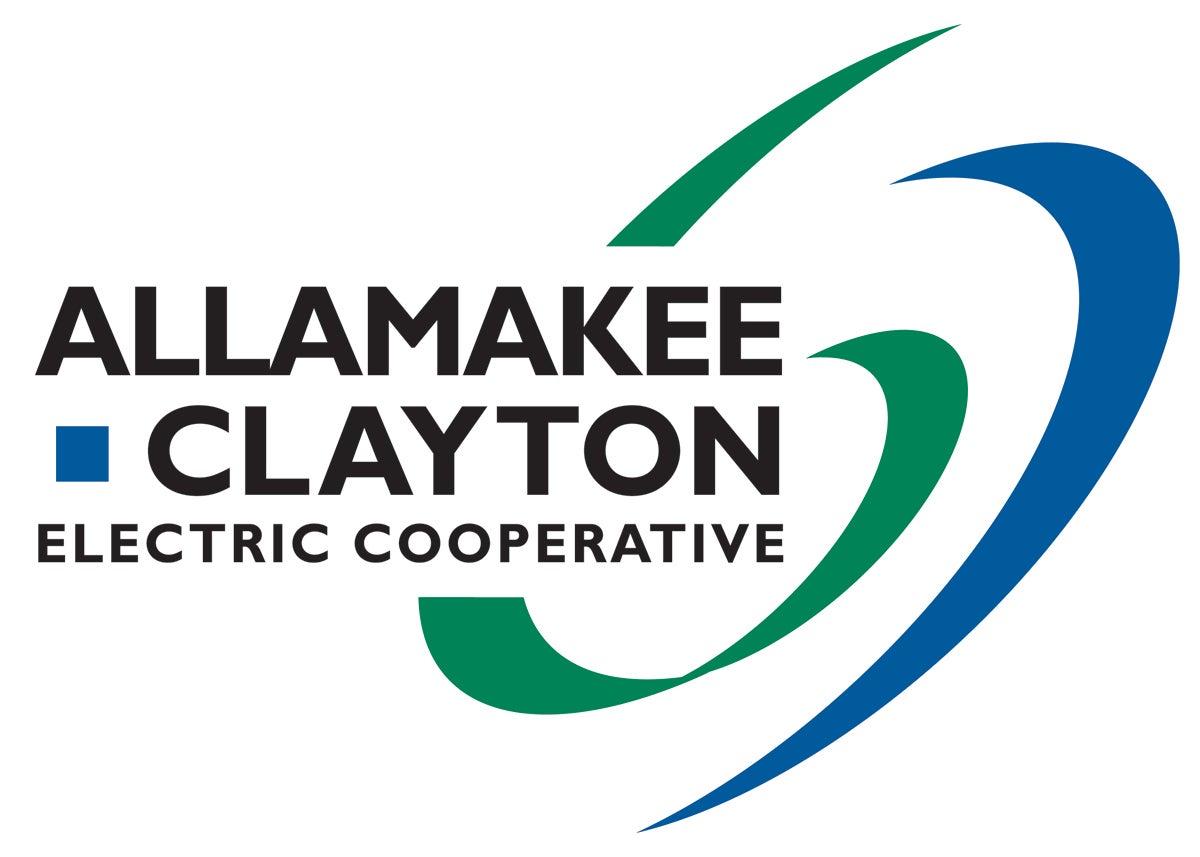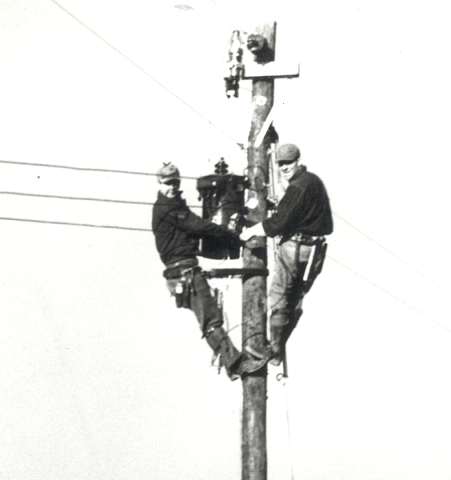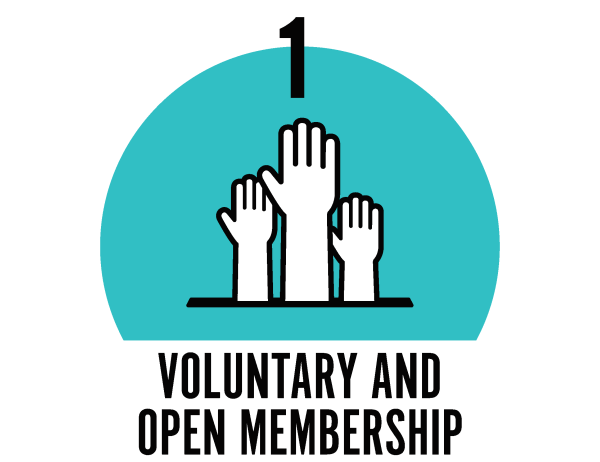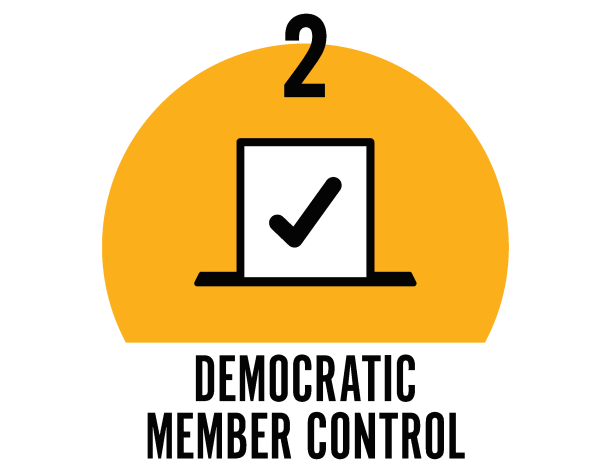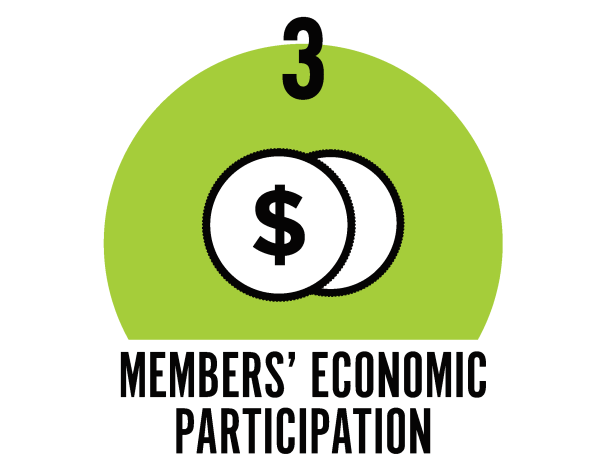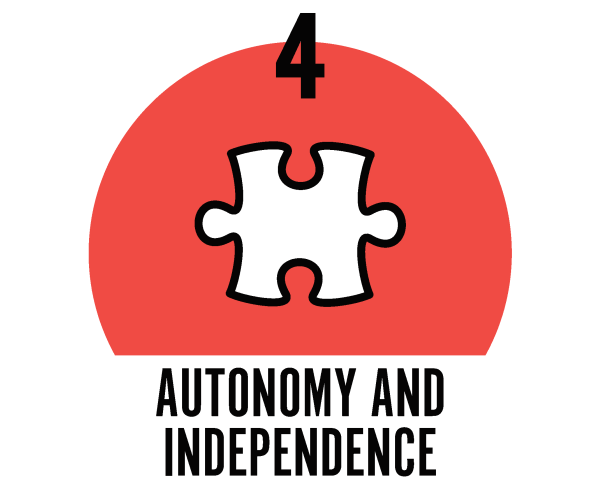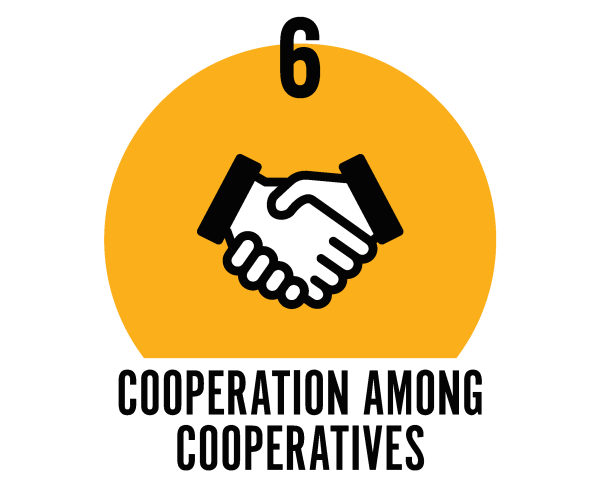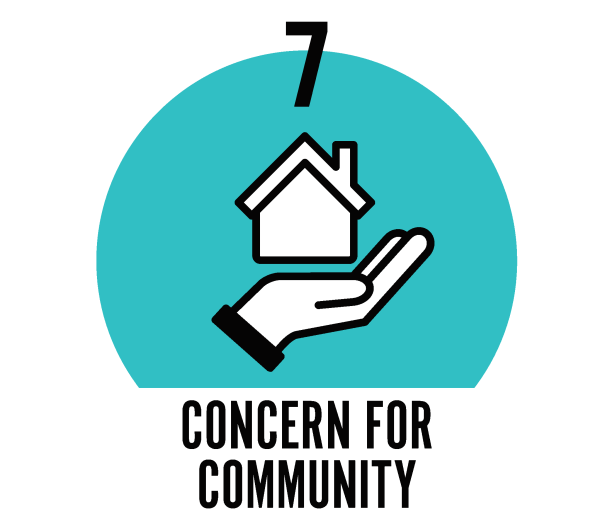Iowa’s farmers began forming electric co-ops in the 1930s when large, investor-owned electric companies bypassed rural Iowa due to its sparse population. These pioneering men and women borrowed start-up money from the federal Rural Electrification Administration, which was created by President Franklin D. Roosevelt on May 11, 1935.
Electric cooperatives are different from most electric utilities. They are locally owned, not-for-profit businesses, and they’re controlled by the consumers they serve.
Member involvement
Co-ops are unique! As a member of an electric cooperative:
-
You have a say in the way your co-op runs. You can pick up the phone at any time and offer your input on the co-op’s management and direction. At the annual membership meeting, you can vote for the members of the co-op’s board of directors. These elected directors, in turn, determine the co-op’s policies, including setting the electric rates.
-
You share in the success of your co-op. Your co-op is a not-for-profit utility; any allocated margins are returned to you in the form of a check for capital credits or patronage dividends.
